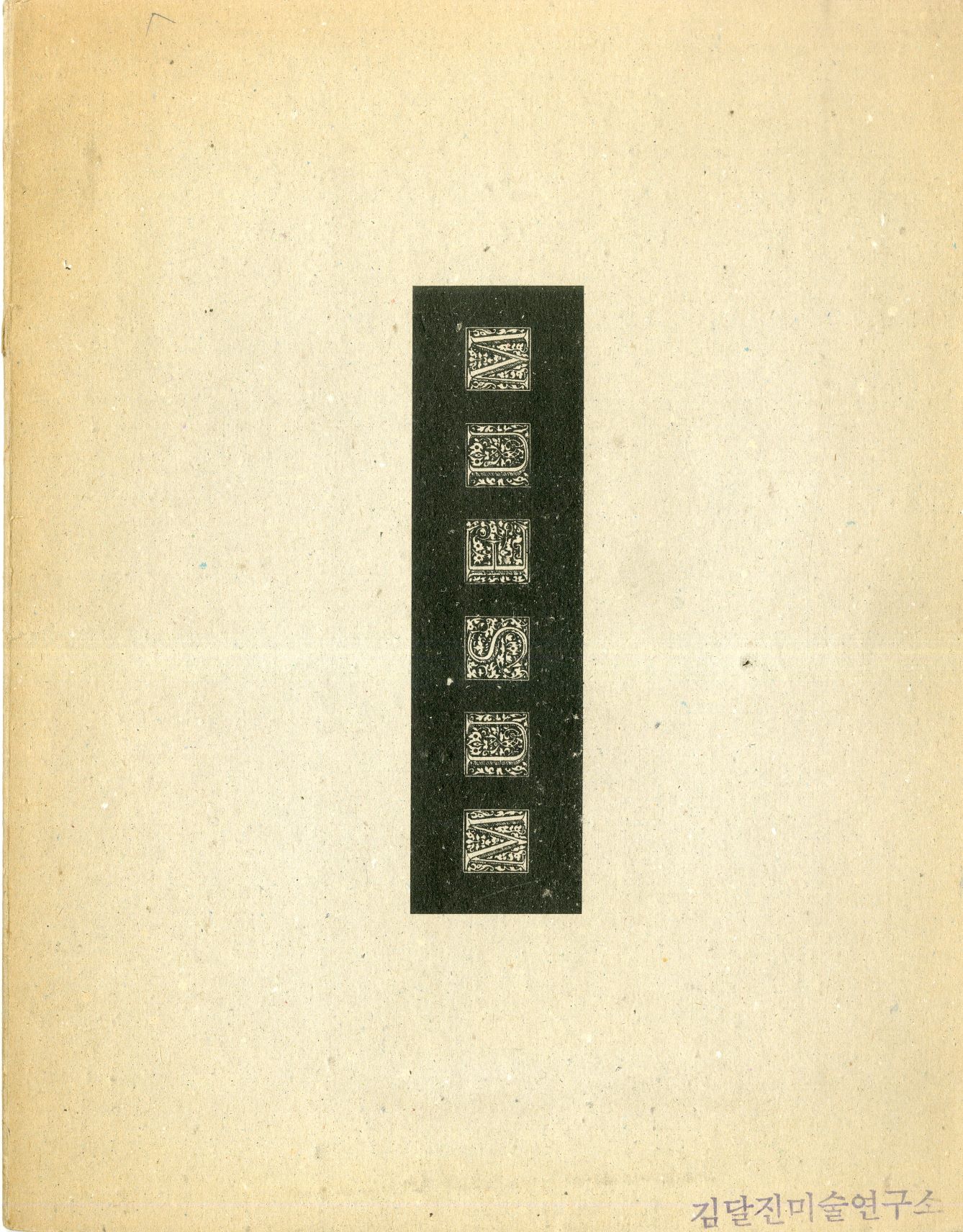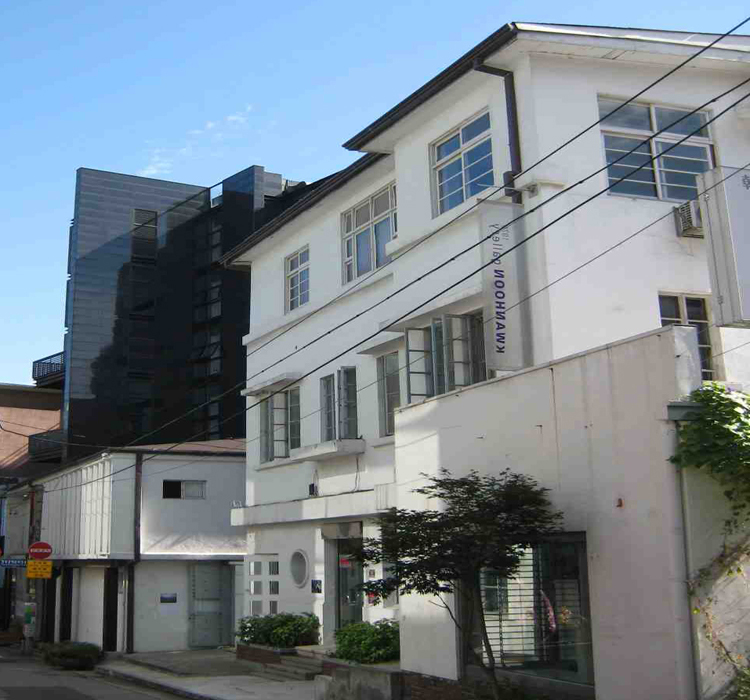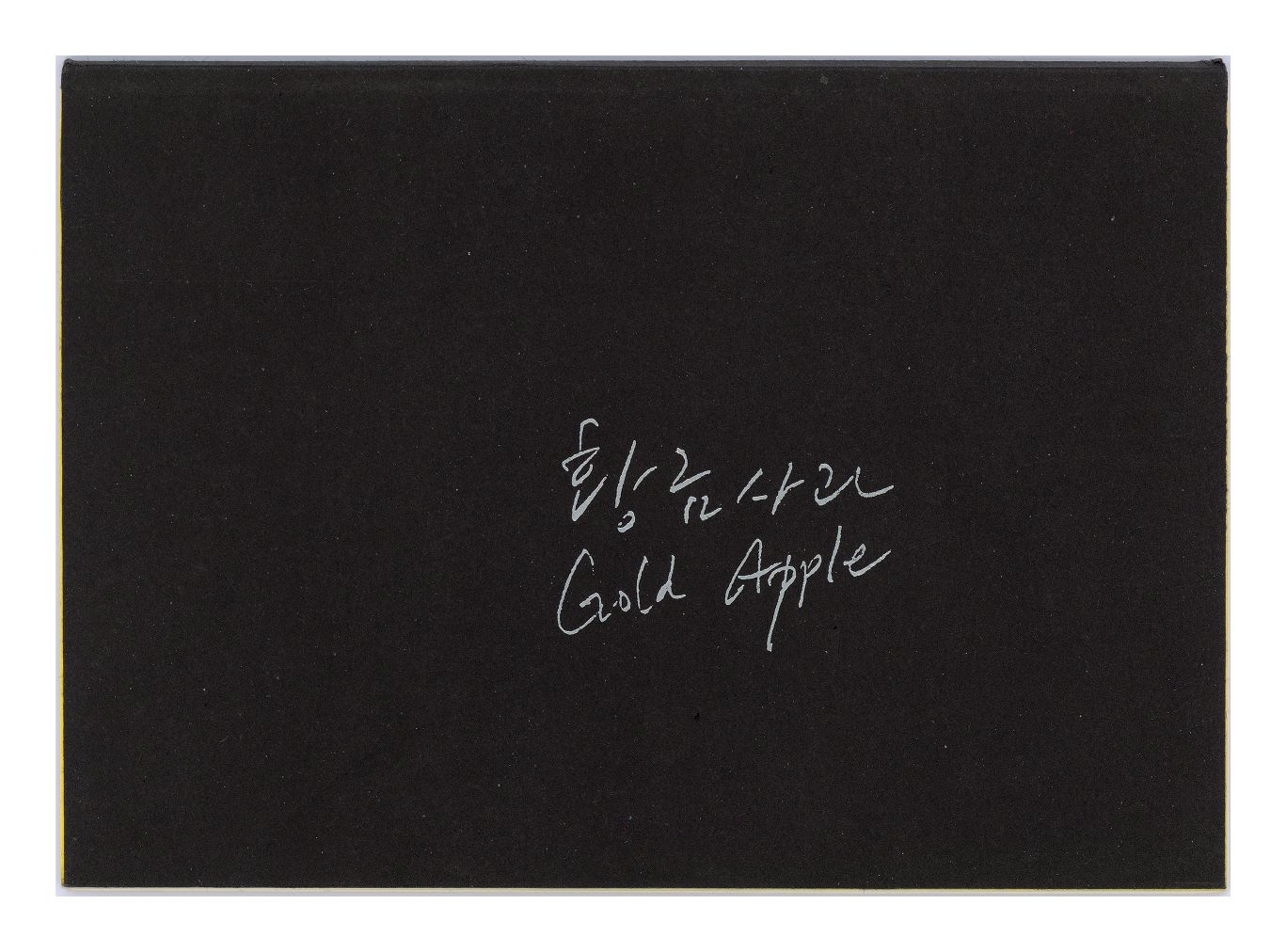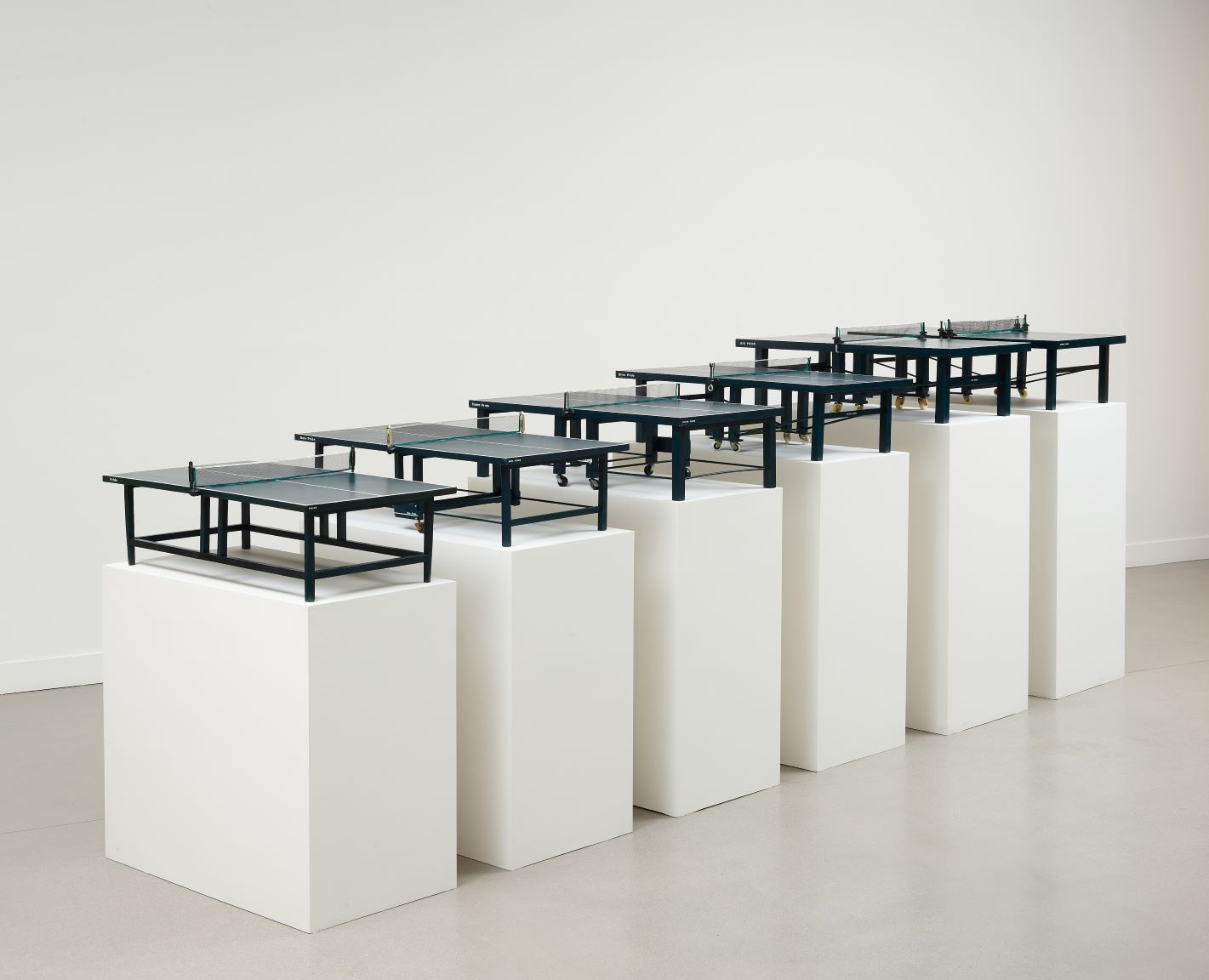
MUSEUM, 1987, Image provided by Kimdaljin Art Archives and Museum
Museum
* Source: Multilingual Glossary of Korean Art. Korea Arts Management Service
Related
-
New Generation Art
In the Korean context, “new generation art” refers to a series of artworks created between the late 1980s and the early 1990s. The use of this term relates to what was called the “new generation discourse,” a discussion about the young generation of artists emergent in the 1990s who had internalized individualism and a consumption-centered value system based on material abundance. In the Korean art community, this idea of New Generation Art referred to art projects displaying individual, unregulated, and disposable characteristics, concerns which separated them from the precedents set within the local traditions of Minimalist Modernism and Minjung Art. Museum, Golden Apple, and Sub Club are some of the most representative groups of New Generation Art, and numerous project exhibitions used the group’s name as their exhibition title. New generation artists organized experimental and crossover style performances, events, and exhibitions at new cultural venues such as the Space Ozone, Café Ollo Ollo, the Power Plant, Fungus, and the Plastic Surgery in Seoul.
-

Kwanhoon Gallery
A gallery which opened in 1979 in Insa-dong. Its name was originally the Kwanhoon Art Museum, but this was changed to Kwanhoon Gallery in the early 1990s following the Museum and Art Gallery Support Act. In the 1980s, the gallery held exhibitions featuring prominent art organizations such as Ecole de Séoul, Logos & Pathos, and Meta-Vox, as well as the Museum exhibition. The gallery became a foundational platform for experimental and avant-garde contemporary art in Korea.
Find More
-

Golden Apple
A small group formed in 1989 under the leadership of Lee Yongbaek, Lee Sangyun, and Paek Gwanghyeon, who were students at the Hongik University College of Fine Arts. The group held its inaugural exhibition at the Kwanhoon Gallery in 1990. The name of the group combined the words gold, a symbol of value, and apple, the source of humanity’s original sin in the Bible, it pursued freedom in its activities, rejecting all sources of authority such as academia, the establishment, Modernist tradition, and minjung ideology. The group’s exhibitions were unorthodox for its time. The group created portfolios from works of art that were varied in medium and materials, and using these sought spaces for exhibition. As such, the group is seen as an influential component within the “new generation art” movement of the 1990s. The group held three exhibitions, after which Lee Yongbaek left the group. Paek Jongseong, Lee Sangyun, and Paek Gwanghyeon followed suit, and the group disbanded in 1990.
-

Postmodernism
Postmodernism emerged to prominence in the 1980s as a broad intellectual critique of modernism in its role as the dominant philosophical zeitgeist of the 20th century. Postmodernist critique has a general tendency to challenge the separation between high and low culture, strict distinctions between artistic genres, as well as notions of originality, newness, and authorship. The term postmodernist art can be used to cover a wide range of creative approaches, none of which are limited to medium-specificity, however, appropriation and citation are often considered as important characteristics. In art history, the label can be applied to many artworks created after the 1960s; however, it is not used for one specific genre of art. The term can be applied to not only pop art in its resisting of cultural hierarchies and conceptual art deviating from medium-specificity, but also land art, body art, video art, and installation art in terms of their critically expanding of artistic genre and form in challenge to established convention. In the context of the 1980s, Neo-expressionist paintings, returning back to figuration and historical eclecticism (such as Julian Schnabel’s works), and the ironically “staged” self-portrait photographs of Cindy Sherman question the originality and provide evidence of the variety of artistic practices that could be termed as postmodernist art. As such, the term postmodernism, can perhaps most usefully be considered in application to the diverse types of artistic practices that challenge the conventional notions of modernism. In Korea, postmodernist works offer an equally diverse field of practice depending on the definition of “postmodernism” in question. Historically, the term was used to describe the work of the small art groups called “New generation” that emerged between the end of the 1980s and early 1990s. These groups often focused their work on de-centered topics, usage of multi-media, an affinity with popular culture, and a casual attitude towards fine art. Some people also regard the Minjung Art movement as representative of postmodernism in Korea. This is because it emerged as a direct criticism against national modernist art including Dansaekhwa of the 1970s.






